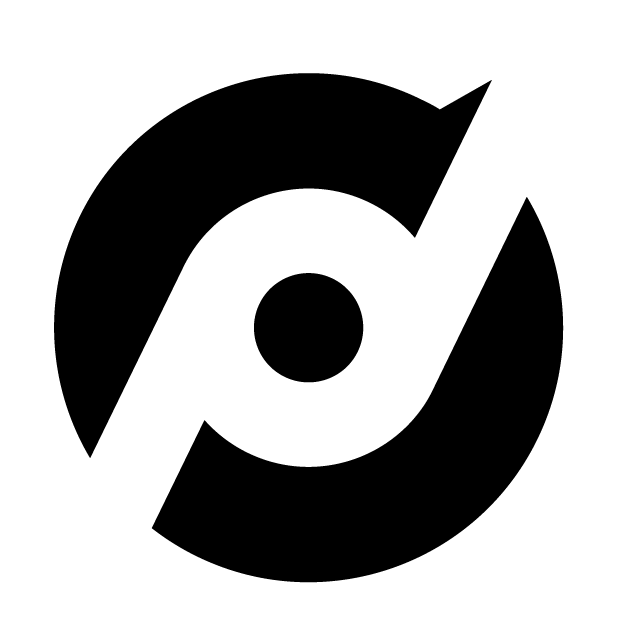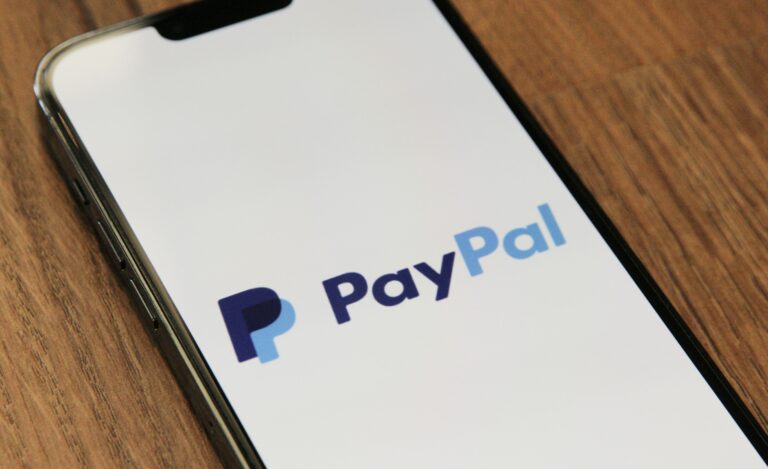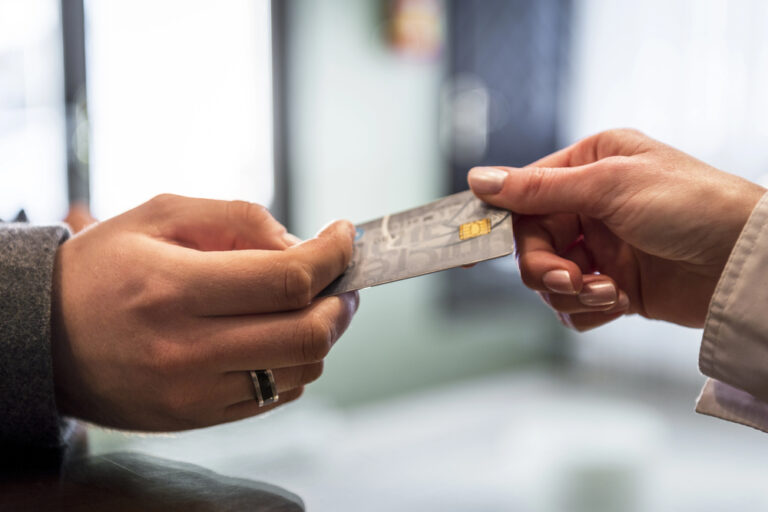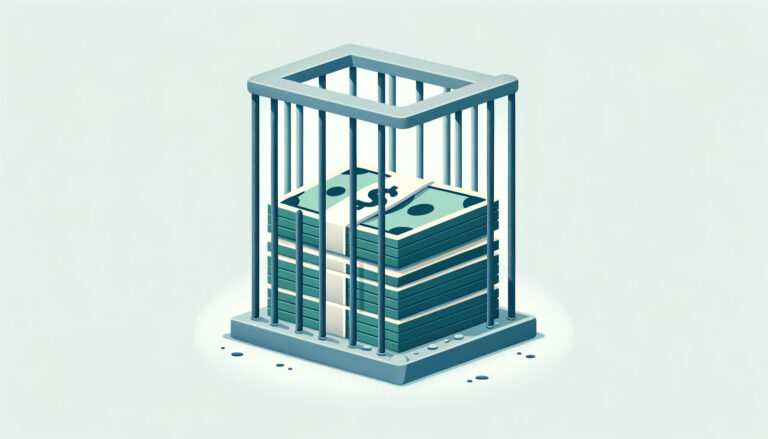You check your inbox and see 47 new emails. First instinct? Delete half without reading them.
Your customers feel the same way about your marketing emails.
Getting email cadence right makes the difference between building loyal customers and ending up in the spam folder. Send too few emails, and people forget you exist. Send too many, and they’ll unsubscribe faster than you can blink.
So what’s the sweet spot? Let’s dive into email cadence best practices that actually work.
What Even Is Email Cadence?
Email cadence refers to the timing, frequency, and sequence of emails you send to your subscribers. Think of it as your email rhythm; the pattern that keeps your audience engaged without overwhelming them.
Your cadence includes:
- How often you send emails
- What days and times you send them
- The types of emails in your sequence
- How you space different email types
A well-planned cadence builds relationships, drives sales, and keeps your brand top-of-mind without annoying your subscribers.
INCREASE CONVERSIONS, MINIMIZE CHURN
The Minimum Email Strategy Every Business Needs
Every business should send at least one email per week to maintain meaningful contact with their audience. This minimum keeps you visible without crossing into spam territory.
But one weekly email isn’t a complete strategy. You need different types of emails working together:
1. Welcome Email Series (Essential)
Your welcome series creates the first impression. Send your first welcome email immediately after someone subscribes, then follow up with 2-3 more emails over the next week.
This series should:
- Introduce your brand and story
- Set expectations for future emails
- Deliver promised lead magnets
- Share your best content or products
2. Regular Newsletter (Weekly Minimum)
Your weekly newsletter maintains consistent contact. Pick a day and stick to it – consistency builds trust and anticipation.
Include:
- Valuable content related to your niche
- Behind-the-scenes updates
- Curated industry news
- Soft product mentions
3. Promotional Emails (1-2 per Month)
Don’t shy away from selling. Your subscribers expect some promotional content. Send dedicated sales emails for:
- New product launches
- Seasonal sales
- Limited-time offers
- Special announcements
4. Nurture Sequences (Ongoing)
Create automated sequences that trigger based on subscriber behavior:
- Post-purchase follow-ups
- Re-engagement campaigns for inactive subscribers
- Abandoned cart reminders
- Educational sequences for different customer segments
- Sunset policy
How Niche Affects Your Email Cadence
Your industry dramatically impacts the ideal email frequency. Here’s what works for different niches.
E-commerce and Retail
- Frequency: 2-3 emails per week
- Types: Product updates, sales, seasonal campaigns
- Why: Customers expect frequent updates about new products and deals
B2B and Professional Services
- Frequency: 1-2 emails per week
- Types: Educational content, case studies, industry insights
- Why: Longer buying cycles require consistent nurturing without pressure
Health and Wellness
- Frequency: 1-2 emails per week
- Types: Tips, success stories, motivational content
- Why: People want regular encouragement and advice without feeling overwhelmed
Real Estate
- Frequency: 2-4 emails per month
- Types: Market updates, property listings, educational content
- Why: Real estate decisions take time; too many emails feel pushy
Software and SaaS
- Frequency: 1-2 emails per week
- Types: Feature updates, tutorials, best practices
- Why: Users need ongoing education and engagement with your product
Financial Services
- Frequency: 1-2 emails per month
- Types: Market insights, educational content, service updates
- Why: Financial decisions require trust and expertise, not frequent pitches
PAYMENT PROCESSING DESIGNED FOR YOUR VERTICAL
7 Email Cadence Best Practices That Drive Results
1. Start with Quality Over Quantity
Many businesses think more emails equal more sales. This approach backfires quickly. Focus on sending valuable emails your subscribers actually want to read.
Ask yourself before hitting send:
- Does this email help my subscriber?
- Would I want to receive this?
- Does it align with my brand promise?
2. Segment Your List for Personalized Cadence
Not all subscribers need the same email frequency. Segment your list based on:
- Purchase history
- Engagement levels
- Customer lifecycle stage
- Geographic location
New subscribers might appreciate daily emails during their first week, while long-term customers prefer weekly updates.
3. Monitor Engagement Metrics Closely
Your metrics tell the real story about your cadence. Watch these key indicators:
Open rates: Declining opens often signal email fatigue
Click-through rates: Low clicks suggest poor timing or content
Unsubscribe rates: Sudden spikes indicate frequency issues
Spam complaints: The ultimate red flag for over-emailing
4. Test Different Frequencies
Don’t guess – test. Split your list and try different frequencies:
- Group A: One email per week
- Group B: Two emails per week
- Group C: Three emails per week
Run the test for at least a month, then analyze engagement and revenue per subscriber.
5. Respect Time Zones and Send Times
Global audiences need global thinking. Schedule emails to arrive when your subscribers check their inbox:
- B2B: Tuesday-Thursday, 9-11 AM local time
- B2C: Weekends often perform well
- E-commerce: Evening sends can catch after-work browsers
Use your email platform’s analytics to find your audience’s peak engagement times.
6. Create Content Buckets
Plan your email types in advance to maintain variety:
- Educational: 40% of emails
- Promotional: 20% of emails
- Personal/Behind-the-scenes: 20% of emails
- User-generated content: 20% of emails
This balance keeps subscribers engaged without constant selling.
7. Build in Break Periods
Even loyal subscribers need breathing room. Plan strategic breaks:
- Reduce frequency during holidays
- Give subscribers vacation mode options
- Send “we miss you” campaigns to inactive users
ONE-CLICK CHECKOUT FOR FAST CONVERSIONS
Red Flags: When Your Email Cadence Needs Work
Watch for these warning signs that your cadence needs adjustment:
1. Declining open rates over time: Your audience is getting tired of your emails
2. High unsubscribe rates: You’re sending too frequently or irrelevant content.
3. Low click-through rates: Your emails aren’t compelling enough
4. Increased spam complaints: Major red flag for frequency or content issues
5. Declining revenue per email: Your campaigns are losing effectiveness
AVOID DISPUTES WITH CHARGEBACK ALERTS
Advanced Cadence Strategies
Behavioral Triggers
Set up emails based on subscriber actions:
- Cart abandonment sequences
- Post-purchase follow-ups
- Website visit tracking
- Download completions
Preference Centers
Let subscribers control their experience:
- Frequency options (daily, weekly, monthly)
- Content type preferences
- Unsubscribe alternatives
Seasonal Adjustments
Modify your cadence for different times of year:
- Increase frequency before major shopping seasons
- Reduce sends during summer vacation periods
- Adjust timing for industry-specific busy seasons
Getting Started: Your First 30 Days
Week 1: Set up your welcome series
Week 2: Plan your weekly newsletter schedule
Week 3: Create your first promotional email
Week 4: Launch a simple nurture sequence
Start simple and build complexity over time. Perfect execution of basics beats complex strategies done poorly.
Week 1 Deep Dive: Welcome Series Essentials
Your welcome series sets the tone for every future interaction. Write three emails that introduce your brand personality and deliver immediate value.
Email 1 (Send immediately): Welcome them warmly and deliver any promised lead magnets. Share your story briefly and set expectations for future emails.
Email 2 (Send after 2 days): Provide your best free content. This could be your most popular blog post, a helpful resource, or exclusive tips they can’t find elsewhere.
Email 3 (Send after 5 days): Make a soft introduction to your products or services. Don’t hard sell – instead, show how you’ve helped similar customers solve problems.
Building Your Content Calendar
During your first month, create a simple content calendar that maps out your email topics. This prevents last-minute scrambling and ensures consistent value delivery.
Plan themes for each week:
Week 1: Educational content about your industry
Week 2: Behind-the-scenes look at your business
Week 3: Customer success stories or testimonials
Week 4: Seasonal tips or trending topics
Keep a running list of email ideas so you’re never stuck staring at a blank screen. Your subscribers will notice the difference when your emails feel planned and purposeful rather than rushed and random.
Setting Up Success Metrics
Before you send your first email, establish baseline metrics to track your progress. Most email platforms provide these analytics automatically, but you need to know what numbers matter.
Focus on these key metrics during your first 30 days:
- Open rates (aim for 20-25% minimum)
- Click-through rates (2-5% is typical for most industries)
- Unsubscribe rates (keep under 2% per email)
- List growth rate (track new subscribers weekly)
Don’t obsess over perfect numbers immediately. Your first month is about establishing consistency and learning what resonates with your specific audience. Some lists naturally have higher engagement than others based on how subscribers joined and what they expect from you.
Create a simple spreadsheet to track these numbers weekly. This data becomes invaluable when you’re ready to optimize your cadence and improve your results. You’ll spot patterns that help you understand when your audience engages most and what content drives the best response.
CONNECT WITH A GATEWAY THAT SUPPORTS YOUR VOLUME
Get Your Cadence in Check
Email cadence isn’t about finding the perfect formula – it’s about understanding your audience and serving them consistently. Start with one quality email per week, monitor your metrics, and adjust based on subscriber behavior.
Remember: your best customers want to hear from you regularly. Don’t let fear of over-emailing prevent you from building strong relationships with people who choose to subscribe.
The businesses winning with email marketing send regular, valuable content that subscribers anticipate and appreciate. Focus on serving your audience, and the sales will follow naturally.
What email cadence will you test first? Start with the minimum viable strategy and grow from there. Your subscribers – and your bottom line – will thank you.









